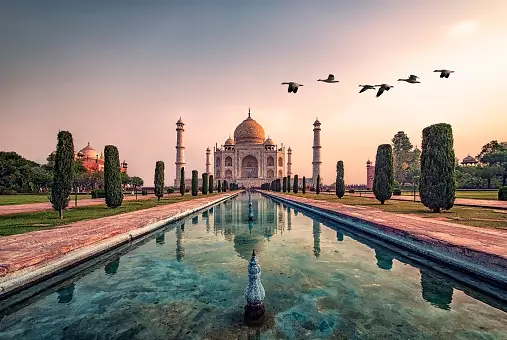
Uttar Pradesh is a state located in the northern part of India, which offers an enriching experience of architectural marvels, cultural heritage, and spiritual significance. This state promises an unforgettable journey for those who are fascinated by its iconic monuments, vibrant temples, and delectable Nawabi cuisine.
The cultural fabric of Uttar Pradesh is a beautiful tapestry woven from diverse threads that contribute to the state’s rich heritage.
Let’s explore what makes this heartland of India so captivating:
Festivals of Uttar Pradesh Bharat Milap and Chhath Pooja are celebrated with fervor in Varanasi. Chhath Pooja is dedicated to the Sun God, and it is believed to cure incurable diseases. The grand affair attracts tourists who are fascinated by the colorful processions, the rhythmic beats of traditional music, and the elaborate rituals that create a mesmerizing spectacle.
The air is filled with the scent of incense and the sound of joyous chants as devotees come together to offer their prayers and seek blessings for health and prosperity. These celebrations draw people from far and wide to experience the unique cultural tapestry that Uttar Pradesh proudly displays, showcasing the enduring traditions that have shaped the identity of this enchanting state.
Kumbh Mela is held in Allahabad, and it is a psychedelic celebration that attracts devotees from across the globe, making it one of the holiest gatherings. Hindus consider the melas auspicious, and the grand festivities are a sight to behold.
Millions of pilgrims immerse themselves in the spiritual aura of the Kumbh Mela by taking a dip in the sacred waters of the Ganges. The air resonates with the echoes of hymns and prayers, creating an otherworldly ambiance that transcends time and space.
The kaleidoscope of experiences that define this monumental event includes colorful tents, bustling markets, and diverse cultural performances. Seekers find solace and enlightenment in the collective energy of the gathering, where faith, tradition, and spirituality converge seamlessly.
The Kumbh Mela is a testament to the enduring legacy of Uttar Pradesh, where ancient rituals and modern fervor blend seamlessly to create a tapestry of devotion and celebration.
Mathura is renowned as the birthplace of Lord Krishna, and it is where several festivals like Krishna Janmashtami, Radha Ashtami, and Govardhan Pooja are celebrated. Devotees visit the holy city to take early morning dips in the sacred river, participate in holy aartis, and witness evening poojas, which are a sight to behold.
The vibrant colors of traditional attire worn by devotees, the sweet melodies of devotional songs, and the joyous laughter of pilgrims make the streets of Mathura come alive.
The air is filled with the aroma of freshly prepared sweets and the sound of temple bells ringing in harmony with the chants of the faithful, creating a mystical and sacred ambiance. The festivals of Mathura are a testament to the devotion and love for Lord Krishna that has stood the test of time, drawing pilgrims and tourists alike to experience the spiritual essence that permeates every corner of this holy city.
Customs and Traditions In Uttar Pradesh, holy waters hold great sanctity, and taking a dip in the confluence of the Ganga, Yamuna, and Saraswati at Allahabad’s Sangam is considered an auspicious act.
This ritual cleanses sins and offers liberation from the cycle of rebirth. The tradition of holy dips is deeply ingrained in the cultural ethos of Uttar Pradesh, and the confluence of the Ganga, Yamuna, and Saraswati at Allahabad’s Sangam is a significant site for devotees seeking spiritual purification and blessings.
Immersing oneself in these sacred waters is believed to bestow divine grace and offer liberation from the cycle of rebirth. The Sangam is a revered pilgrimage site where devotees from far and wide gather to partake in this age-old ritual, symbolizing a profound connection with the divine and a renewal of faith.
The tranquil waters carry the hopes and prayers of the faithful, creating a serene atmosphere where the boundaries between the physical and spiritual realms blur, allowing for moments of introspection and transcendence.
Folk Culture and Art Raslila, a dance form that originated in Uttar Pradesh, is a mesmerizing tapestry woven from the threads of classical music, graceful movements, and dramatic storytelling.
This popular performing art traces its origins to Lord Krishna and his milkmaids. It weaves together classical music, dance, and drama and is often referred to as the “play of divine love,” as it captures the essence of Krishna’s love for his devotees.
Kathak, a classical dance form that originated in Uttar Pradesh, has two prominent schools: Lucknow Gharana and Banaras Gharana. This dance form flourishes with grace and intricate footwork, and is one of the eight major forms of Indian classical dance.
Kathak traces its origins to the ancient northern heartland of India, and the word itself means “the one who tells a story” or “to do with stories.” Uttar Pradesh has produced musical legends like Naushad Ali, Begum Akhtar, and Bismillah Khan. Their melodies continue to resonate through time and inspire generations of music lovers.
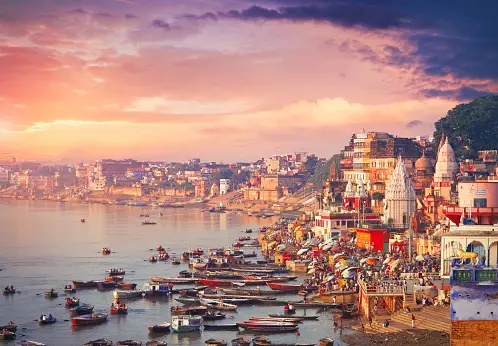
Uttar Pradesh is a state with a rich culinary heritage as diverse as its geography, home to Nawabs, saints, and poets. From the bustling streets of Lucknow to the serene ghats of Varanasi, the state offers a variety of flavors that define its unique cuisine.
The legendary Tunday Kebab, made from lamb or buffalo meat with a secret blend of over a hundred spices, originated in Lucknow. According to the story, a toothless Nawab craved kebabs and challenged chefs to create a dish that would please him; Chef Hajid Murad Ali succeeded and thus, Tunday Kebabs were born.
Another gem from Lucknow is the Galawati Kebab, a cornerstone of Awadhi cuisine, which owes its name to its soft texture.
Dum Aloo, a potato dish with a rich tomato-based gravy infused with spices, hails from the Awadhi kitchen and creates a comforting and aromatic dish.
Dastarkhwan is a term used to refer to a large ceremonial table laden with an array of mouthwatering delicacies and epitomizes the opulent dining experience of Lucknow, known as “Nawabon Ka Sheher” (City of Nawabs).
Kulfi, a traditional Indian frozen dessert made by slow-cooking milk until it thickens, then flavoring it with saffron, cardamom, and nuts, is a creamy treat.
Petha, a specialty of Agra, is a translucent, sugar-coated sweet made from ash gourd.
Uttar Pradesh is a vibrant state with a rich history, culture, and spirituality. The state offers a plethora of fascinating travel destinations, including Varanasi, known as the world’s oldest living city and a spiritual haven for Hindus with ancient temples, ghats, and a labyrinth of narrow alleys.
Ayodhya, situated on the banks of the Saryu River, is steeped in mythology and history and is believed to be the birthplace of Lord Rama. The Ram Janmabhoomi site, Guptar Ghat, and Kanak Bhavan Temple are must-visit places in Ayodhya.
Lucknow, the capital of Uttar Pradesh, is a city of kebabs, nawabs, and architectural wonders. Strolling through the old lanes, savoring the famous Tunday Kebabs, and immersing oneself in the city’s rich cultural heritage is a must-do.
Vrindavan, an ancient city on the banks of the Yamuna River associated with Lord Krishna, offers temples, devotional activities, and a spiritual vibe.
Agra, home to the iconic Taj Mahal, is a treasure trove of Mughal-era architecture, with the Agra Fort and Fatehpur Sikri, both UNESCO World Heritage Sites, must-visit destinations.
Mathura, the birthplace of Lord Krishna, is dotted with temples and ghats, making it a must-visit for devotees and history enthusiasts.
Chitrakoot, associated with Lord Rama’s exile, is a serene place with natural beauty, caves, and religious sites.
For nature lovers, Dudhwa National Park offers wildlife safaris and a chance to spot tigers, rhinos, and elephants.
Sarnath is a sacred Buddhist site where Lord Buddha delivered his first sermon after attaining enlightenment.
Each of these destinations has its unique charm, whether it’s spiritual significance, historical grandeur, or natural beauty, and invites you to explore Uttar Pradesh’s diverse tapestry of culture and heritage.
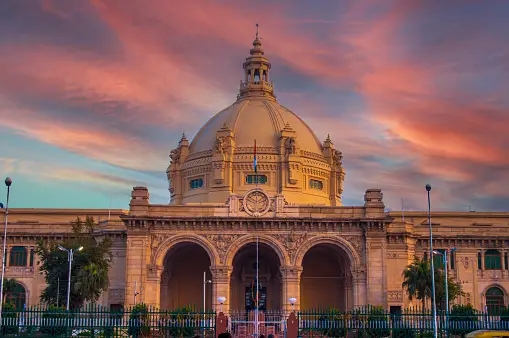
Let’s talk about how to get to Uttar Pradesh:
1. By Train:
To get to Uttar Pradesh, the most convenient way is by train. The state has many major railheads such as Lucknow, Agra, Kanpur, Faizabad, Allahabad, Mughal Sarai, Jhansi, Moradabad, Varanasi, Tundla, Gorakhpur, Gonda, Bareilly, and Sitapur. Due to the extensive rail connectivity, you can take trains from different parts of India to reach any part of Uttar Pradesh.
2. By Air:
Uttar Pradesh is one of India’s major states and attracts both tourists and business travelers. There are four domestic airports in the state – Agra, Kanpur, Varanasi, and Lucknow. Regular flights from different parts of the country arrive at these airports, and you can also connect to various international destinations through connecting flights from these airports.
3. By Road (Bus and Car):
The road network in Uttar Pradesh is well-maintained, and you can reach the state by road through National Highways such as NH30, NH19, NH21, and NH34. Uttar Pradesh also has several expressways that connect it to neighboring states. Buses are a more economical option, and you can take them from neighboring states.
No matter which mode of transportation you choose, Uttar Pradesh welcomes you with open arms!
Here are some useful tips for traveling in Uttar Pradesh:
1. Cultural Sensitivity:
Show respect for local customs, traditions, and religious practices.
When visiting temples or religious sites, dress modestly.
Greet people politely with “Namaste” or “Adab” (depending on the region) as a sign of respect.
2. Health and Hygiene:
Stay hydrated, especially during hot weather.
Be careful about street food. Although it is delicious, ensure it is from a clean and reputable vendor.
Carry essential medications and a basic first aid kit.
3. Transportation:
Use reliable modes of transportation.
Trains and buses are convenient for intercity travel.
If hiring a taxi or auto-rickshaw, negotiate fares beforehand or insist on using the meter.
4. Safety:
Be vigilant with your belongings, especially in crowded places.
Avoid walking alone late at night, particularly in unfamiliar areas.
Follow local advisories and stay informed about any security concerns.
5. Language:
Learn a few basic phrases in Hindi or Urdu.
Locals appreciate the effort, and it can be helpful in communication.
4. Local Cuisine:
Don’t miss out on the famous kebabs, chaats, and sweets.
Try regional specialties such as petha (from Agra) and imarti (a sweet from Uttar Pradesh).
5. Exploring Temples and Monuments:
To avoid crowds, visit the Taj Mahal early in the morning.
Explore historical sites in Lucknow, Agra, and Varanasi.
6. Connect with Locals:
Engage in conversations with locals.
They can provide valuable insights and recommendations.
Participate in local festivals or events if you get the chance.

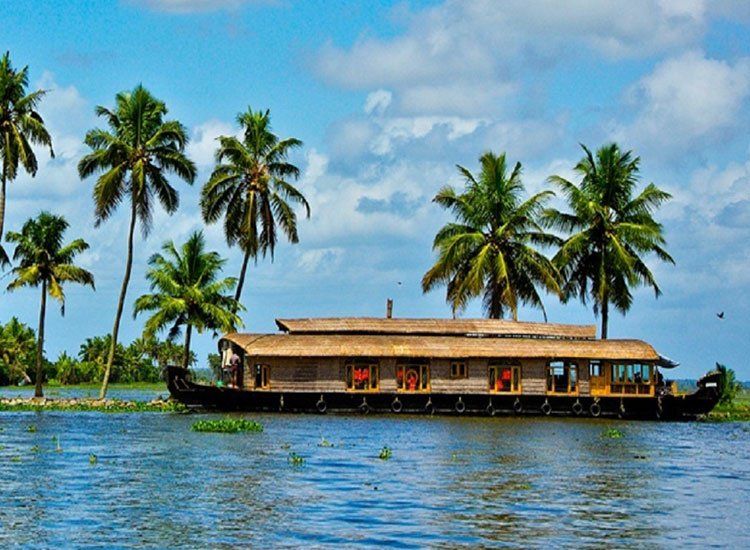
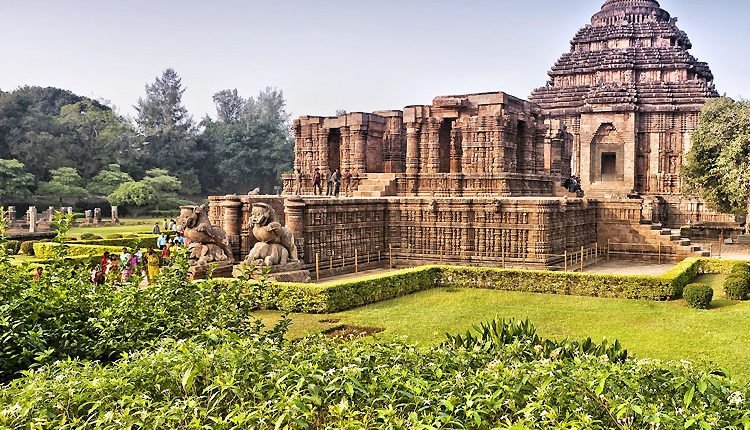
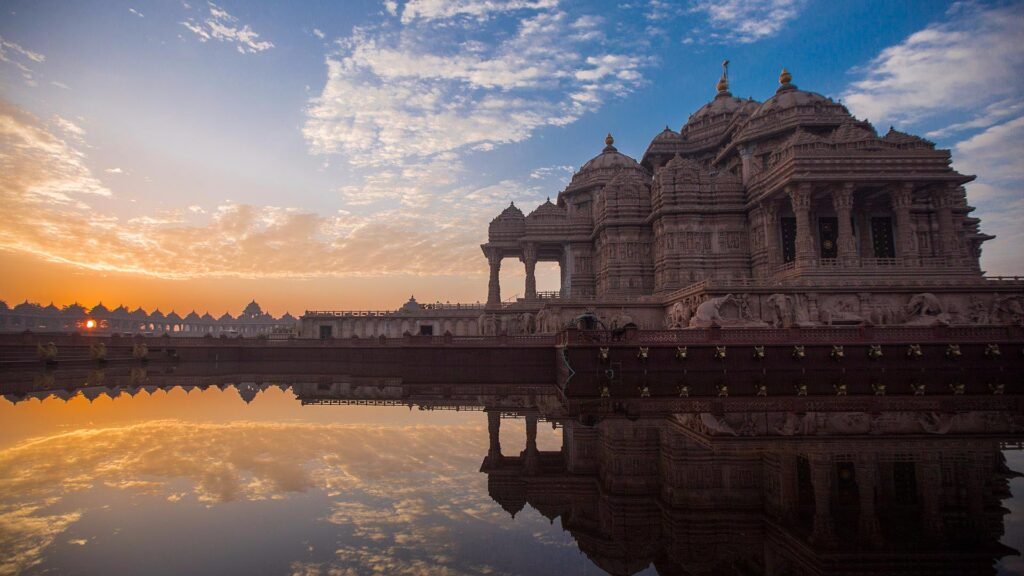
Hello! Company Political Science a completely new scientific political system, which has never been seen before in the history of mankind. The document contains 10 pages of detailed description. You can buy this sex-free document for 950$, payment bitcoin. To obtain and pay for it, go to the proxy-tunneled self-hosted site, click Visit Site, register without using personal data, make payment and download the document. Thank you in advance.
Self-hosted website: https://az1jgrh.localto.net/
If pages don’t load – refresh.
Hi there
Are you tired of spending money on advertising that doesn’t work?
We have the right strategy for you, to meet the right audience within your City boundaries.
B2B Local City Marketing that works:
https://www.onlinelocalmarketing.org/product/local-research-advertising/
With our innovative marketing approach, you will receive calls, leads, and website interactions within a week.
Regards
Mike Eddington
https://www.onlinelocalmarketing.org